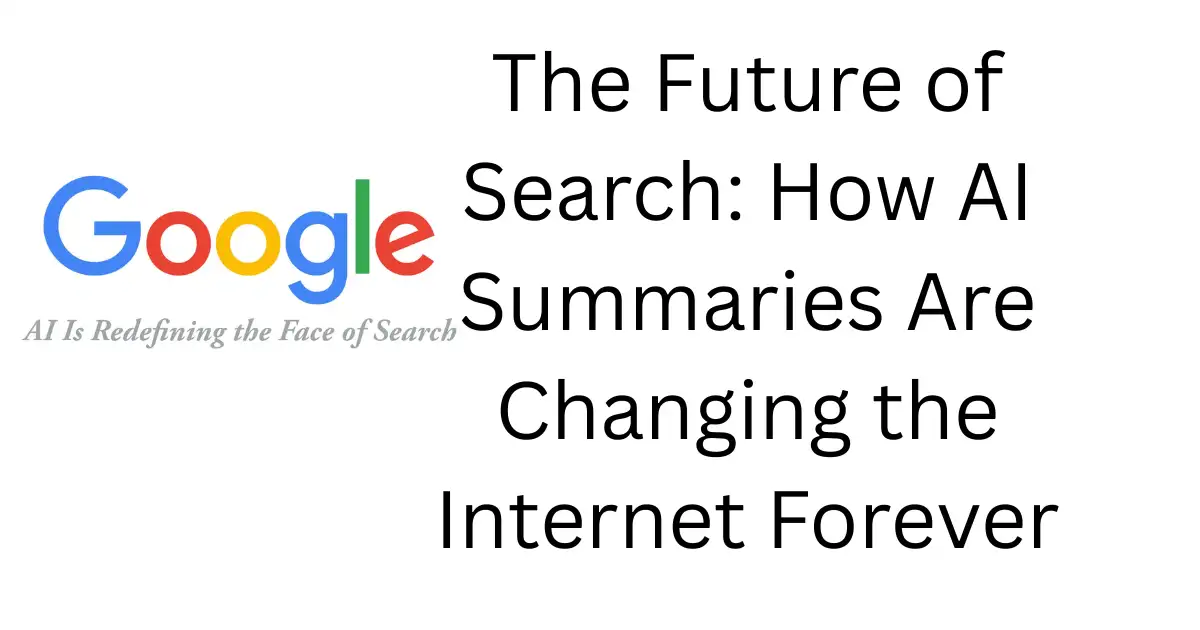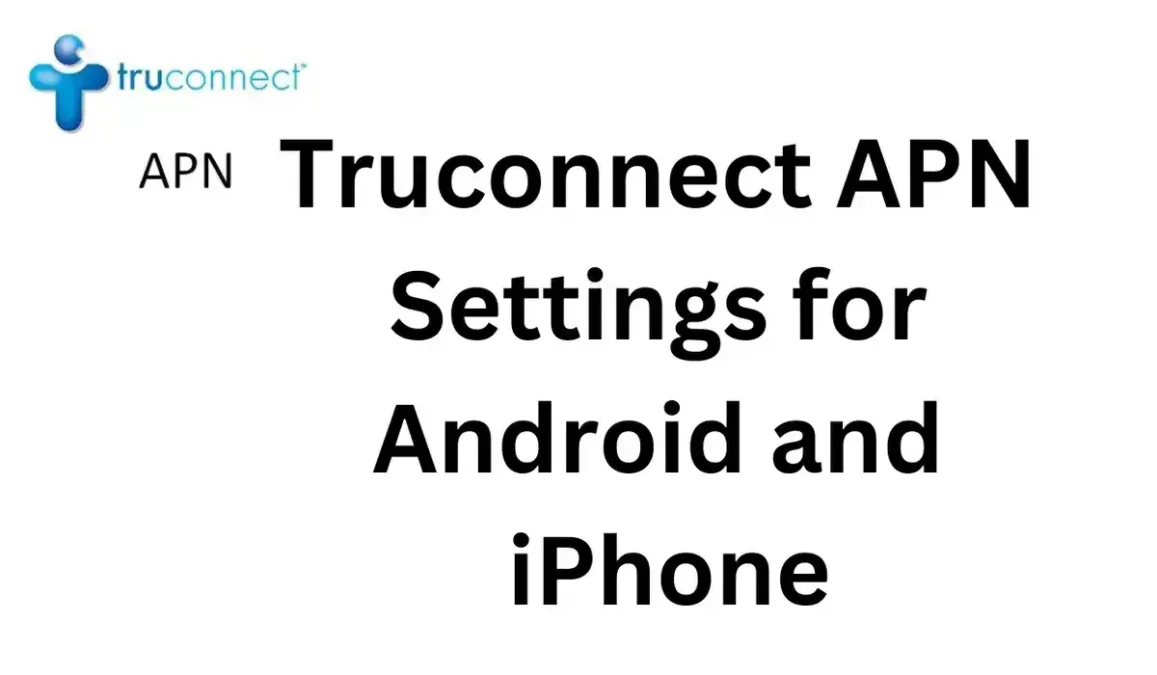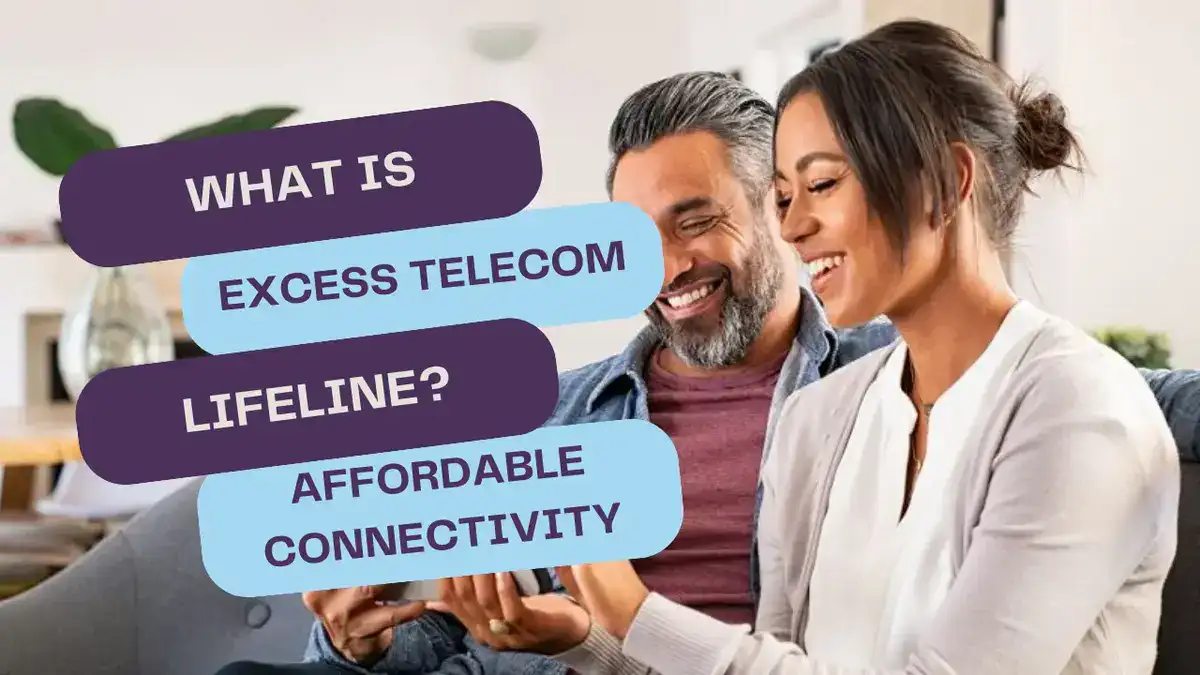Free Government Phone Program: In an increasingly interconnected world, access to reliable communication is not just a convenience but a necessity. Yet, for many individuals facing financial hardship, affording a phone plan can be a distant dream. This is where the Free Government Phone Program steps in, offering a lifeline to those in need and bridging the communication gap across communities.
Beyond just providing a lifeline to stay connected with loved ones, these free or discounted phone services offer a pathway to accessing vital information, seeking employment opportunities, and accessing emergency assistance when needed. As we delve deeper into the intricacies of this program, we uncover not just a government initiative, but a lifeline for those navigating the complexities of financial hardship.
Understanding the Program: A Beacon of Hope
The Free Government Phone Program, also known as Lifeline Assistance, has been a vital resource for low-income individuals since its inception in the 1980s. Originally focused on landline services, the program has evolved to include mobile phone services, adapting to the changing needs of society.
Purpose and Benefits
At its core, the program aims to ensure that all individuals, regardless of financial status, have access to essential communication services. By providing free or discounted phone services, it enables recipients to stay connected with family, access employment opportunities, and seek medical assistance when needed.
Navigating Eligibility: Who Qualifies?
Eligibility for the Free Government Phone Program is based on specific criteria set forth by the Federal Communications Commission (FCC). While these criteria may vary slightly depending on the state, they generally revolve around income requirements and participation in government assistance programs.
Income Requirements
To qualify for the program, individuals must demonstrate that their household income falls within the federal poverty guidelines or is at or below 135% of the federal poverty level. This ensures that the program targets those facing significant financial challenges.
Participation in Assistance Programs
Alternatively, individuals may qualify for the program if they participate in certain government assistance programs such as Medicaid, SNAP, SSI, FPHA, or Veterans Pension and Survivor’s Benefit. This criterion ensures that those receiving other forms of aid are not left behind in accessing vital communication services.
Navigating the Application Process: How to Apply
The process of applying for a free government phone varies depending on the service provider and state regulations. Generally, applicants can apply online, by mail, or in person at designated enrollment centers.
Applying Online
Many service providers offer online application portals where individuals can submit their information and required documents digitally. This streamlined process allows for quicker processing and ensures that applicants can apply from the comfort of their own homes.
Submitting Documents
Applicants may be required to submit various documents to support their eligibility, such as proof of income, government-issued identification, and documentation of participation in qualifying assistance programs. Ensuring that all required documents are accurate and up-to-date can expedite the application process.
Exploring Phone Options: What’s Available?
Once approved for the program, recipients have access to a range of phone options provided by participating service providers. These phones typically include basic features such as calling, texting, and limited data options.
Basic Features
Free government phones offer essential communication capabilities, allowing recipients to stay connected with family, friends, and essential services. While they may not have all the bells and whistles of a smartphone, these devices provide a lifeline for those in need.
Additional Services and Plans
Some service providers offer additional services and plans for free government phone users, such as discounted data plans, unlimited calling and texting, and access to emergency services. These options may vary depending on the provider and regional availability.
Navigating Coverage: Where is it Available?
The availability of free government phones and services varies across different regions, depending on the participating service providers like excess telecom and their coverage areas. While certain providers offer nationwide coverage, others may have limited availability in specific states or regions.
Researching Providers
Individuals interested in obtaining a free government phone should research the available service providers in their area to determine eligibility and coverage. Websites and online forums dedicated to the Lifeline Assistance Program can provide valuable insights and resources for applicants.
Conclusion: Empowering Connectivity for All
In conclusion, the Free Government Phone Program services as a beacon of hope for individuals facing financial hardship, offering essential communication services that empower them to stay connected, informed, and engaged with their communities. By bridging the communication gap, this program ensures that no one is left behind in an increasingly digital world.
As we look to the future, let us continue to advocate for initiatives that promote inclusivity, accessibility, and empowerment for all. Together, we can build a society where communication knows no barriers and every voice is heard.



